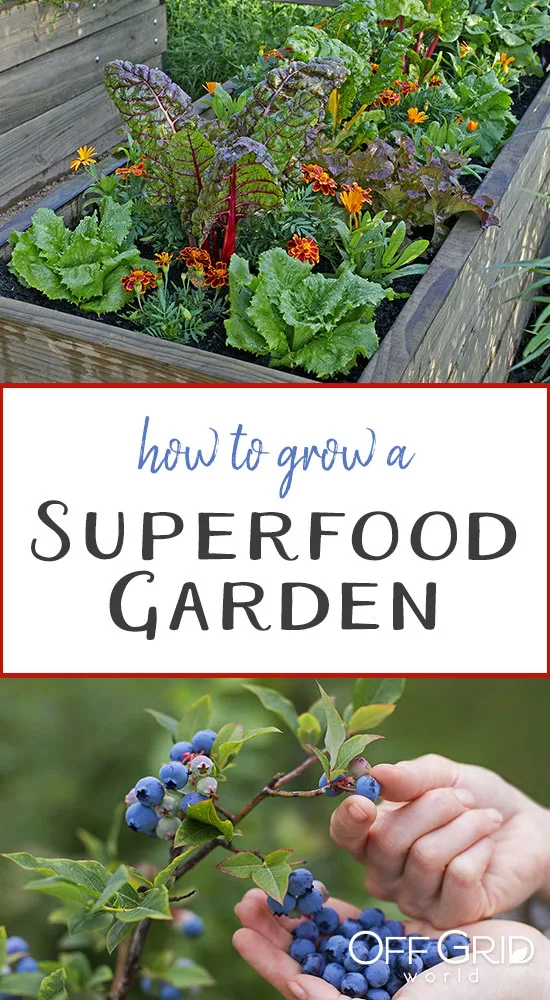In the quest for a sustainable and healthy lifestyle, especially when living off the grid, the importance of superfoods can’t be overstated. Superfoods, a term popularized for their nutrient-dense profiles, are essential for enhancing overall health, boosting the immune system, and providing a natural defense against diseases and health conditions.
As living off the grid gains traction among those seeking a more self-sufficient lifestyle, cultivating a garden of superfood plants offers a direct path to achieving nutritional autonomy while reaping the myriad health benefits these plants offer.
What Are Superfoods?
Superfoods are plant foods known for their high concentrations of vitamins, minerals, antioxidants, essential amino acids, and fatty acids. These potent nutrients play a crucial role in enhancing cognitive function, fighting free radicals, and reducing the risk of heart disease, among other health benefits.
Despite the lack of a formal definition for superfoods, the term has been widely adopted to describe foods that offer high amounts of nutrients and health benefits, making them a must-have in a balanced diet.
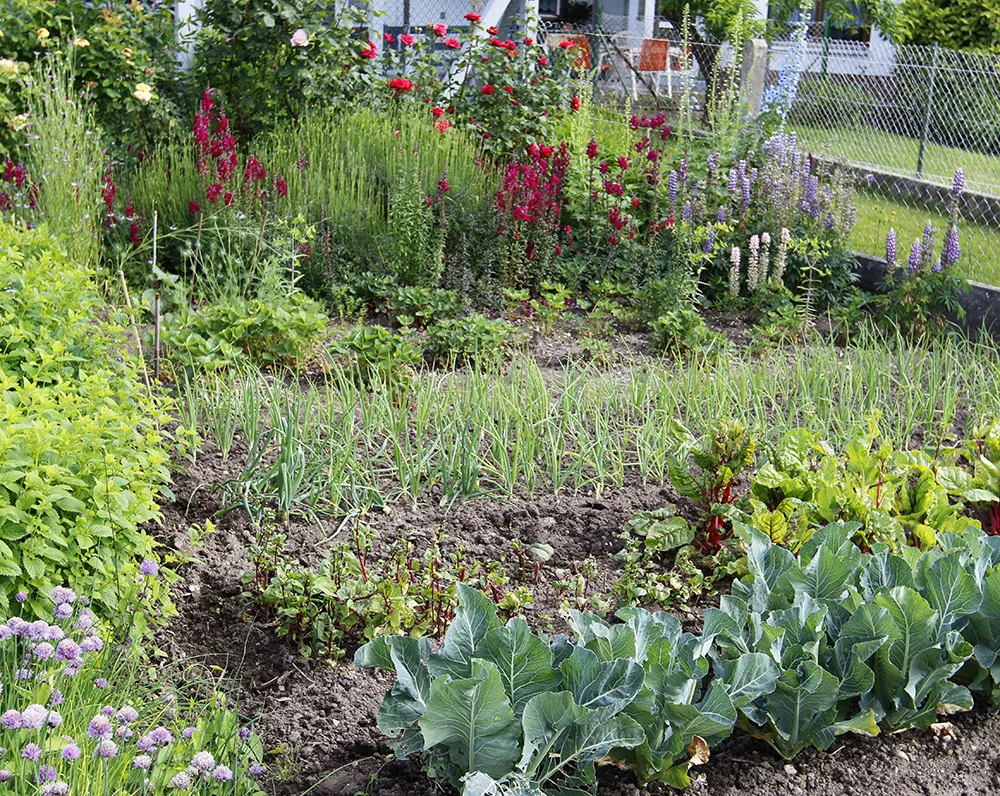
Why Superfoods in an Off-Grid Garden?
Living off the grid involves creating a self-sustaining environment, and what better way to achieve this than by growing your own nutrient-rich food? Cultivating superfood plants ensures access to fresh, organic produce that can significantly contribute to a healthy lifestyle. It eliminates the reliance on grocery stores, reduces the carbon footprint associated with food transportation, and provides the freshest, most nutrient-packed produce possible.
Additionally, superfood plants often require less space and can be more resilient, making them perfect for off-grid gardens where maximizing yield in every square inch is vital. These plants nourish the body while maintaining the ecosystem’s health, making them an excellent addition to any garden.
Top Superfood Plants for Your Garden
The following lists of plants, ranging from nutrient-dense leafy greens to powerful herbal superfoods, are specially curated to thrive in a home garden setting. Whether you’re a seasoned gardener or just starting out, you can grow a vibrant, healthful oasis right in your backyard with these selections.
Leafy Greens and Cruciferous Vegetables
Adding leafy greens and cruciferous vegetables into your off-grid garden diversifies your diet with nutrient-rich options and ensures a continuous supply of fresh produce. Here are some to consider:
- Kale: Packed with vitamins C, K, and antioxidants, kale supports heart health and reduces inflammation. It thrives in full sun to partial shade and prefers well-drained, fertile soil. Kale is cold-hardy, making it ideal for early spring or fall planting. Regular watering and mulching help retain soil moisture and keep it productive.
- Swiss Chard: Known for its rich vitamin content and antioxidants, Swiss chard benefits heart health and reduces inflammation. It grows best in full sun but can tolerate partial shade, especially in hotter climates. Chard prefers well-drained soil rich in organic matter. It’s resilient to temperature changes, making it suitable for multiple growing seasons. It’s one of the most resilient greens we grow here in our Northern Zone 4 climate.
- Collard Greens: These greens are high in dietary fiber, vitamin C, and cancer-preventive glucosinolates. Collard greens thrive in full sun but will tolerate partial shade. They prefer moist, fertile soil and can handle cooler temperatures, ideal for early spring and fall plantings. Consistent watering will ensure a bountiful harvest.
- Brussels Sprouts: A great source of fiber, vitamin C, and glucosinolates, Brussels sprouts grow best in cool climates with plenty of sunlight. They require well-drained, fertile soil and benefit from steady moisture. Planting in early summer for a fall harvest allows them to develop a sweeter taste after a light frost.
- Spinach: This nutritional powerhouse is rich in vitamin K, vitamin A, manganese, and folate. Spinach prefers cool temperatures and can be planted in early spring or fall. It thrives in partial shade to full sun and requires well-drained soil rich in organic matter. Keeping the soil moist will promote rapid growth and tender leaves.
- Arugula: Favored for its peppery flavor, arugula is high in calcium, potassium, and vitamins C and K. It grows best in cool conditions and can be sown directly in well-drained soil with full sun to partial shade. Arugula is fast-growing, making it perfect for cut-and-come-again harvesting throughout the season.
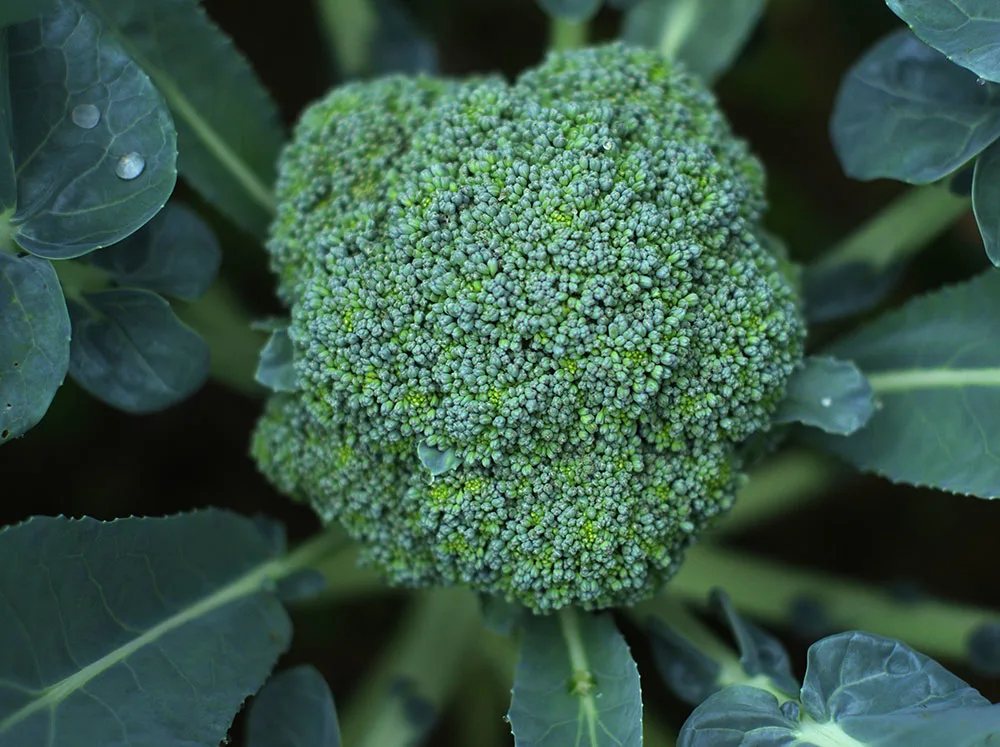

Berries and Fruit Trees
Incorporating berries and fruits into your off-grid garden brings a wealth of health benefits, from boosting your immune system to protecting your heart. Here are some you can get started on your homestead:
- Blueberries: These berries are a powerhouse of antioxidants, enhancing brain function and offering protection against oxidative stress. Blueberries thrive in acidic soil conditions and require consistent moisture. Planting them in a sunny spot with well-drained soil will ensure a bountiful harvest.
- Acai Berries: Known for their high antioxidant content, acai berries support brain health and combat oxidative stress. They grow best in tropical climates but can also be cultivated in greenhouses or indoors in less ideal climates, requiring rich, well-drained soil.
- Strawberries: Delightful and nutritious, strawberries are abundant in vitamin C, manganese, folate, and potassium. They adapt well to various climates and can be grown in the ground or in containers for space efficiency. Providing full sun and ensuring soil is well-drained will yield a generous crop.
- Goji Berries: Celebrated as a superfruit, goji berries contain antioxidants, vitamins A and C, and all eight essential amino acids. They are versatile, thriving in well-drained, alkaline soil, and are drought-tolerant once established. Full sun and a little patience will result in a fruitful harvest.
- Citrus Fruits (oranges, lemons, and limes): Rich in vitamin C, these fruits are essential for immune system support and maintaining skin health. Citrus trees prefer warm, sunny locations with well-draining soil. They can tolerate a range of soil types but thrive in slightly acidic to neutral pH levels. In cold climates, dwarf citrus trees can be grown in pots and in greenhouses.
- Grapefruit Trees: Offering vitamins C and A, grapefruit trees need a bit more space but reward with tangy, antioxidant-rich fruits. They prefer sunny spots and well-drained soil. Regular watering and occasional pruning will help them thrive and produce fruit.

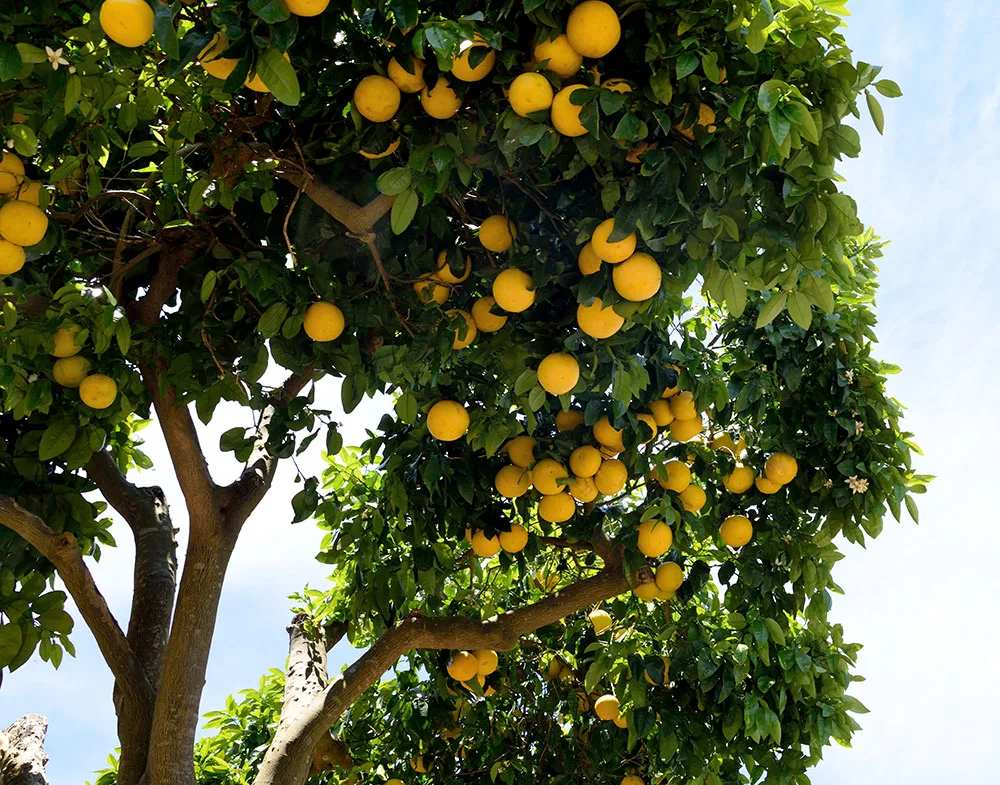
Root Vegetables
Root vegetables are essential components of a nutritious off-grid garden, offering a wealth of vitamins, minerals, and health benefits. Here are some key root vegetables to consider, along with tips for cultivating them:
- Sweet Potatoes: Rich in vitamins A and C, sweet potatoes are known for their ability to regulate blood sugar levels. They thrive in warm, sunny conditions and require well-drained, loose soil to develop sizable tubers. Sweet potatoes are heat-tolerant and should be planted once the threat of frost has passed, with generous spacing to accommodate their sprawling vines.
- Beet Greens and Beets: While beet greens provide high levels of vitamin K, potassium, and fiber, the roots are rich in iron, folate, and antioxidants. Beets prefer cool to moderate temperatures and can be grown in full sun to partial shade. They thrive in well-drained, fertile soil and need consistent moisture for uniform root development. Planting beets in early spring or late summer can yield a double harvest of both roots and greens.
- Carrots: Known for their high beta-carotene content, which is converted to vitamin A in the body, carrots also offer fiber and vitamin K. They prefer full sun but can tolerate light shade and require sandy or loamy soil that’s well-drained. Avoid soil with stones or heavy clay to prevent forked roots. Sow carrot seeds directly into the ground in early spring or late summer for a continuous harvest.
- Radishes: Radishes are a quick-growing crop, rich in vitamin C and minerals. They prefer cooler weather and can be sown directly into well-drained, fertile soil with good sun exposure. Radishes are ideal for intercropping with slower-growing vegetables, as they can be harvested within a month of planting.
- Turnips: Offering both edible roots and greens, turnips are a versatile addition to the garden. They are rich in fiber, vitamin C, and glucosinolates. Turnips grow best in cool temperatures and require full sun to partial shade, along with well-drained, fertile soil. They can be planted in early spring or late summer for a fall harvest.
- Parsnips: Parsnips are high in fiber, vitamin C, and folate. They need a long growing season and thrive in full sun to partial shade. Parsnips prefer deep, loose, and well-drained soil. Sow seeds directly in early spring, and be patient, as they can take up to three weeks to germinate. Parsnips taste sweeter after being exposed to frost.
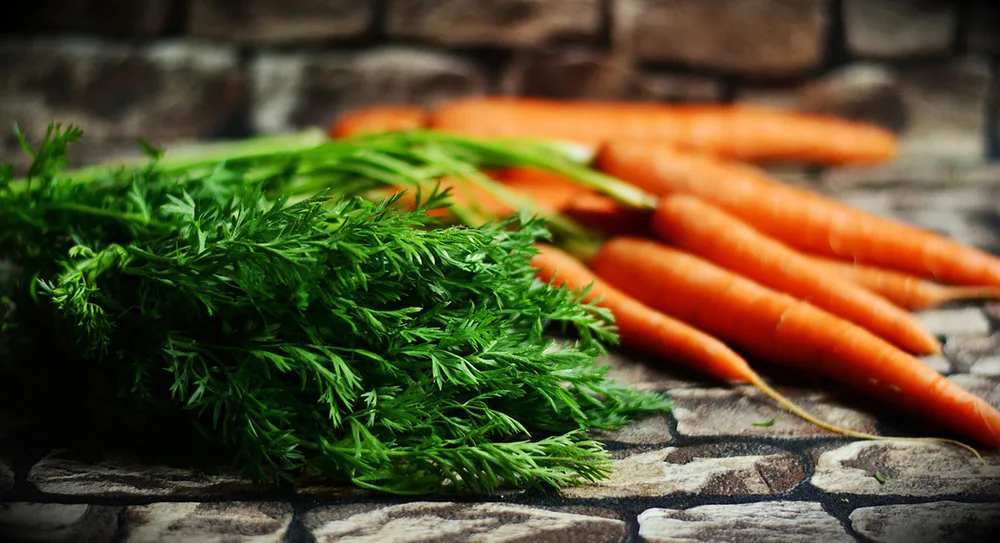
Legumes and Seeds
Growing legumes and seeds in your off-grid garden is a great way to add nutrient-rich foods to your diet and improve your garden’s soil fertility through their nitrogen-fixing abilities. Here’s how to cultivate some easy-to-grow legumes and seeds:
- Beans (pole and bush types): Beans are an excellent source of protein, fiber, vitamins, and minerals. Pole beans require trellises or supports to climb, while bush beans grow in compact forms and do not need support. Both types prefer sunny spots and well-drained soil. Plant beans in warm soil after the last frost to ensure a bountiful harvest.
- Peas (snap, snow, and shell types): Peas are rich in protein, dietary fiber, and vitamins A, C, K, and B vitamins. They prefer cooler temperatures, making them ideal for early spring or fall planting. Provide support for climbing varieties to encourage growth. Peas thrive in well-drained, fertile soil and full to partial sunlight.
- Lentils: Known for their high protein and fiber content, lentils also provide important nutrients such as iron and folate. They prefer cooler growing conditions and well-drained soil. Sow lentil seeds in early spring, spacing them in rows about 12 to 18 inches apart. They are relatively drought-tolerant once established.
- Chia Seeds: Chia plants are rich in omega-3 fatty acids, protein, and fiber. They require a warm climate and can be grown in well-drained soil with plenty of sunlight. Plant chia seeds in late spring, in rows, ensuring they are spaced adequately to allow for their bushy growth habit. Keep the soil moist for the best germination and growth results.
- Pumpkin Seeds (pepitas): Pumpkins are not only for decoration; their seeds are a great source of healthy fats, magnesium, and zinc. Plant pumpkin seeds in late spring or early summer in a sunny spot with well-drained soil. They need plenty of space to spread out, so space hills of pumpkins about 8 to 10 feet apart.
- Sunflower Seeds: Sunflowers are beautiful and produce seeds rich in healthy fats, protein, and vitamin E. They thrive in full sun and well-drained soil. Plant sunflower seeds in the spring after the last frost, positioning them about 6 inches apart in rows. Provide support for taller varieties to protect them from strong winds.
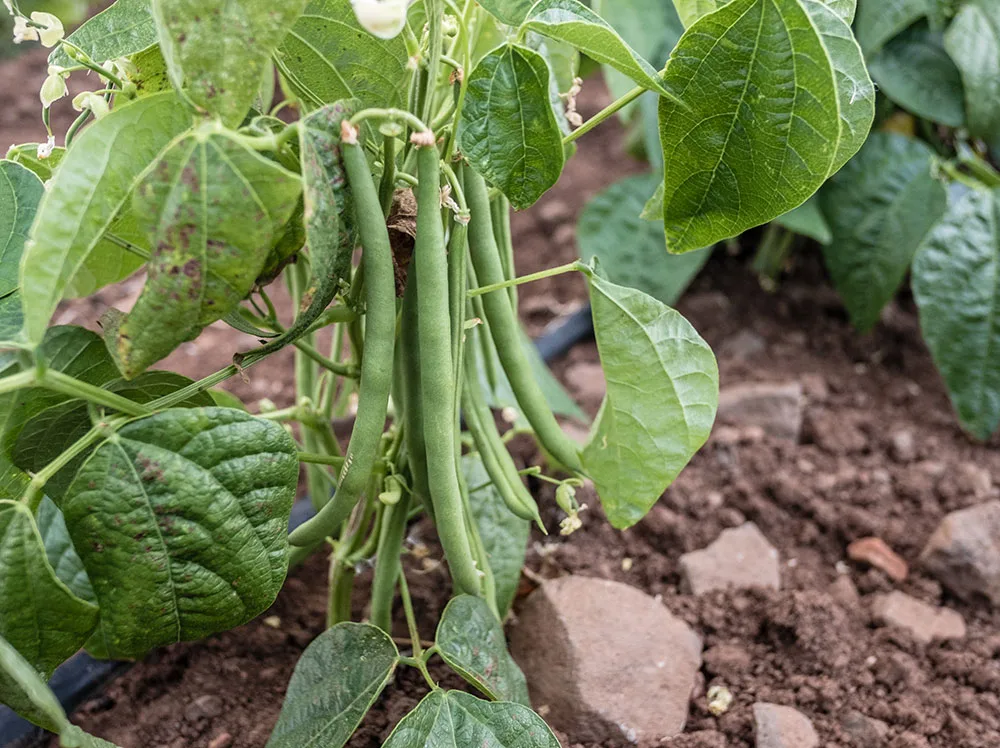
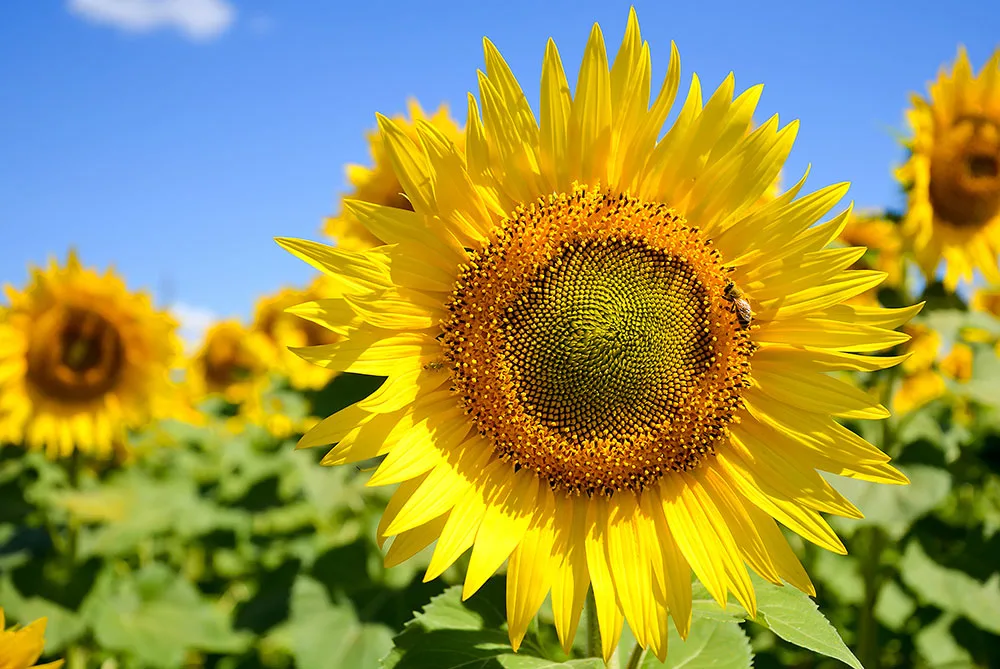
Herbal Superfoods
Herbal superfoods are a fantastic addition to any off-grid garden, offering a range of health benefits alongside their culinary uses. Growing these herbs can be relatively simple, with many thriving in a variety of conditions. Here’s how to incorporate some key herbal superfoods into your garden:
- Mint: Known for its digestive aid properties and refreshing flavor, mint is incredibly easy to grow. It prefers moist, well-drained soil and can thrive in both full sun and partial shade. Be aware that mint is invasive, so consider planting it in containers or confined spaces to prevent it from overtaking your garden.
- Cilantro (Coriander): Cilantro is not just a flavorful herb; it’s also good for detoxification and has antimicrobial properties. It enjoys cooler conditions and can be grown in both full sun and partial shade. Plant cilantro in well-drained soil and keep it watered for continuous growth. It tends to bolt in hot weather, so successive planting is recommended for a steady supply.
- Parsley: This herb is rich in vitamins A, C, and K, and supports kidney health. Parsley can be grown in full sun to partial shade and prefers moist, well-drained soil. It’s a biennial plant, offering two seasons of harvests from a single planting. Regular harvesting encourages more leaves to grow.
- Basil: An essential kitchen herb with anti-inflammatory and antibacterial properties, basil thrives in warm, sunny spots and requires well-drained soil with regular watering. Pinch off the flowering tops to encourage bushier growth and prolong the harvest period.
- Rosemary: Known for its cognitive function benefits, rosemary prefers hot, dry climates and well-drained, sandy soil. It thrives in full sun and can be grown in the ground or in containers. Rosemary is drought-tolerant once established, making it ideal for gardeners in warmer regions.
- Turmeric: Turmeric is a powerful anti-inflammatory and antioxidant. It requires warm temperatures and moist, well-drained soil to thrive. Plant turmeric in a sunny spot or partial shade in regions with hot summers. It’s typically grown from rhizomes planted after the last frost of spring.
- Ginger: Another potent anti-inflammatory and digestive aid, ginger prefers warm, humid conditions. It can be grown in partial shade, making it suitable for understorey planting in tropical or subtropical gardens. Plant ginger in rich, moist soil and expect to harvest the roots in late fall or early winter.
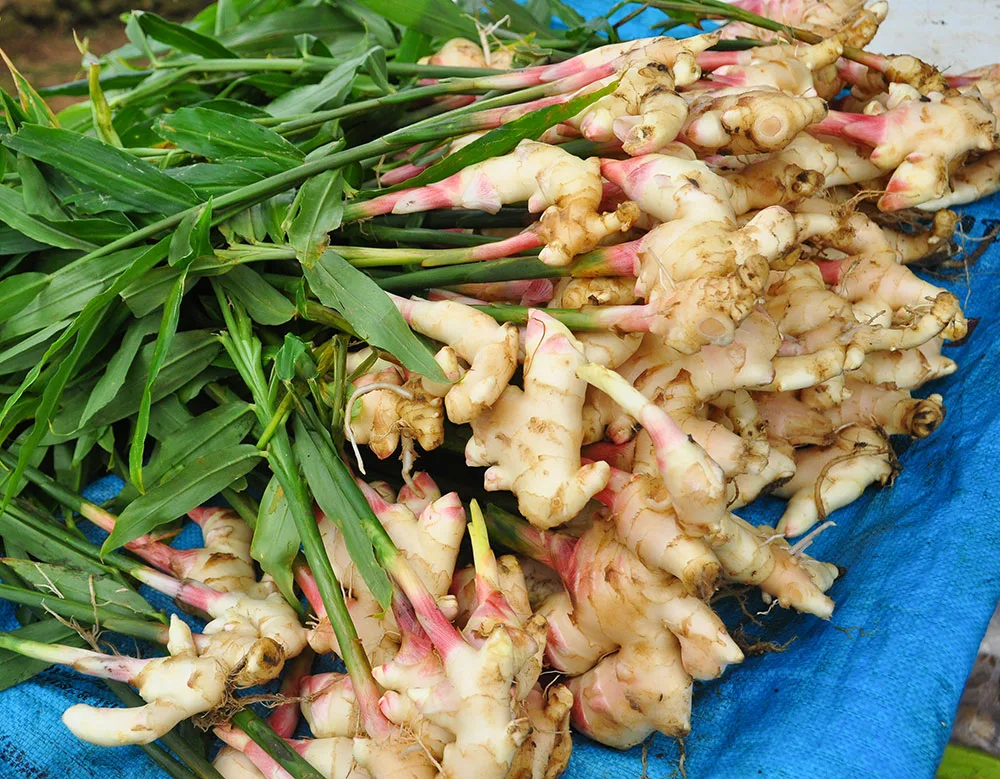

Cultivating Success in Your Superfood Garden
To achieve the best results in your off-grid superfood garden, consider the following tips:
- Right Growing Conditions: Research and understand the specific needs of each plant, including sunlight, water, and soil type (e.g., acidic soil for blueberries).
- Seasonal Planting: Plan your garden to include early spring vegetables like kale and Swiss chard, and transition to summer favorites like tomatoes and sweet peppers.
- Interplanting: Mix flowers and herbs among vegetables to attract beneficial insects and repel pests, enhancing your garden’s biodiversity and resilience.
Living off the grid offers a unique opportunity to reconnect with nature and take control of your food source. By integrating a variety of superfood plants into your garden, you not only secure a nutrient-rich diet but also contribute to a sustainable and healthy lifestyle. With careful planning and a bit of effort, your off-grid garden can become a vibrant source of life, providing you with fresh, organic produce and a profound sense of achievement.
